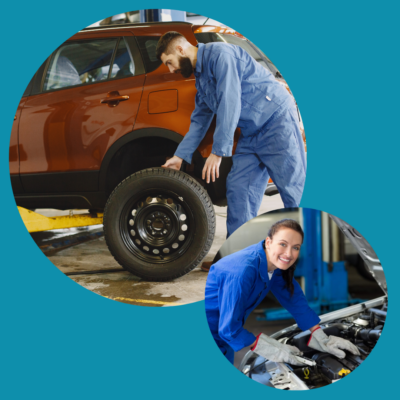
Winter Weather Ahead: Driving Safety Tips
The first rule of winter weather driving is to slow down to improve tire traction.
Keep these other tips in mind when driving this winter
- Avoid braking and turning at the same time. Brake first, then turn, then accelerate. Accelerate and decelerate more slowly than you would on dry roads.
- Leave plenty of space between your car and the car ahead of you. Increase following distances to at least 6 seconds.
- Drive with your low-beam headlights on, even during daylight.
- Be predictable. Use turn signals, make sure lanes are clear before changing and leave plenty of time to stop.
- Avoid using cruise control, which can reduce traction.
- If you start to skid, don’t slam on the brakes. Continue to look and steer in the direction you want the car to go.
- Avoid puddles when it’s safe to do so.
- Always wear your seat belt.
- Stay alert and minimize distractions. Don’t text, talk on the phone or drive under the influence of alcohol or drugs. Driving distracted is even more dangerous in winter weather driving situations.
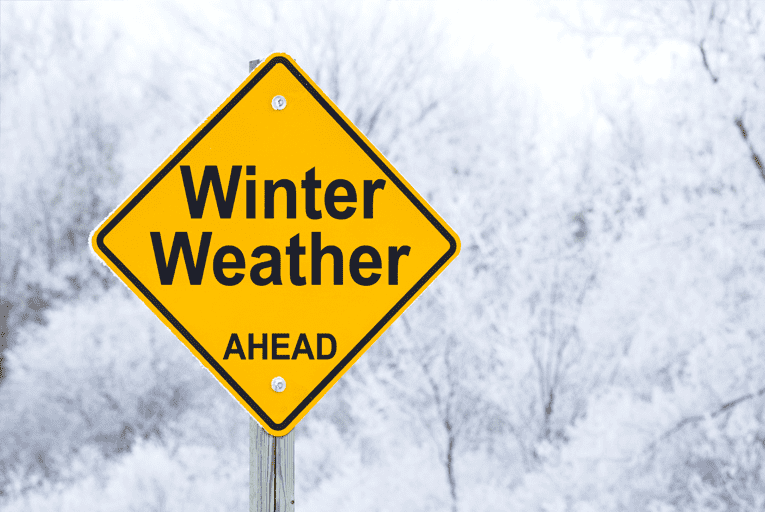
- In snow and ice, try not to stop when heading up a steep hill. After you’ve stopped, applying extra gas to get started again may only spin your wheels. Get some momentum going on a flat road as you approach the hill to help you reach the top, then reduce your speed and drive down the hill slowly.
- If your visibility is so limited that you can’t see in front of you, carefully pull off to the side of the road and stop completely.
3 P's Of Winter Driving
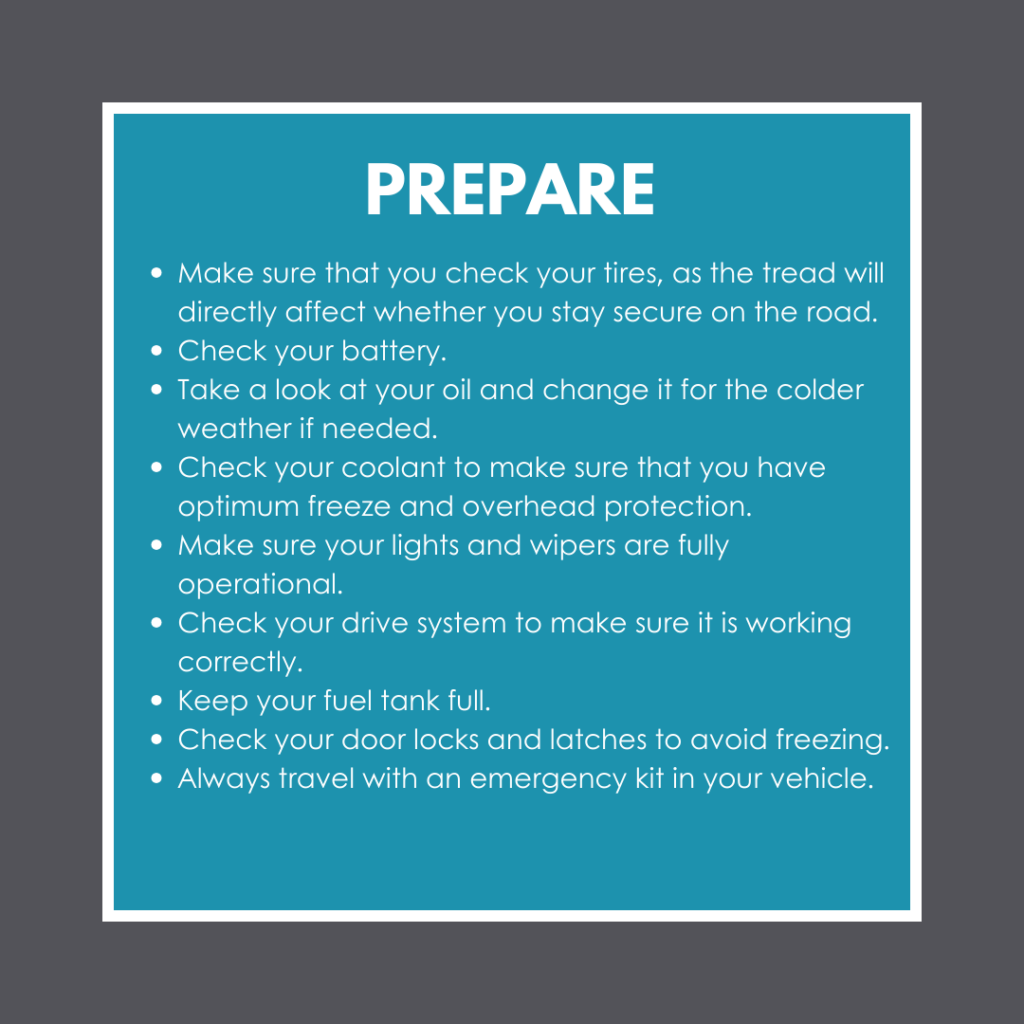
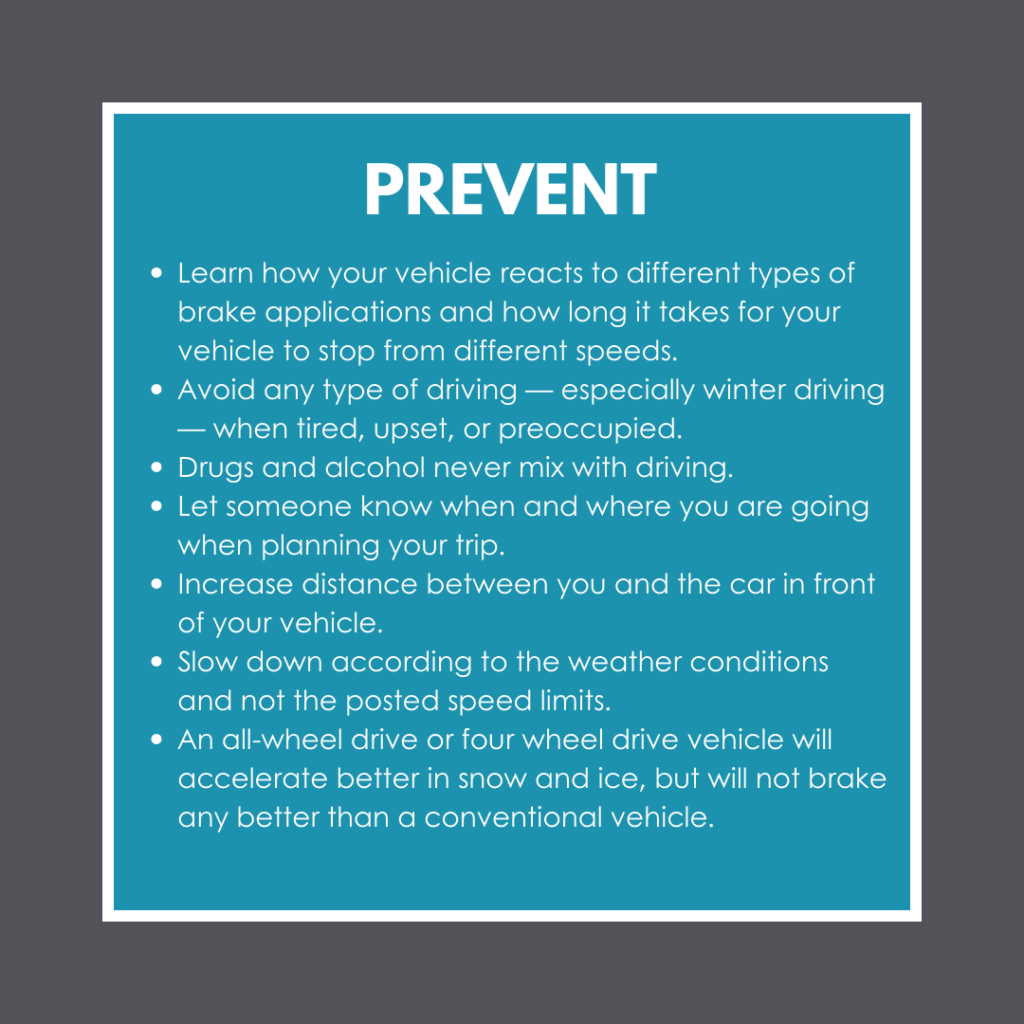
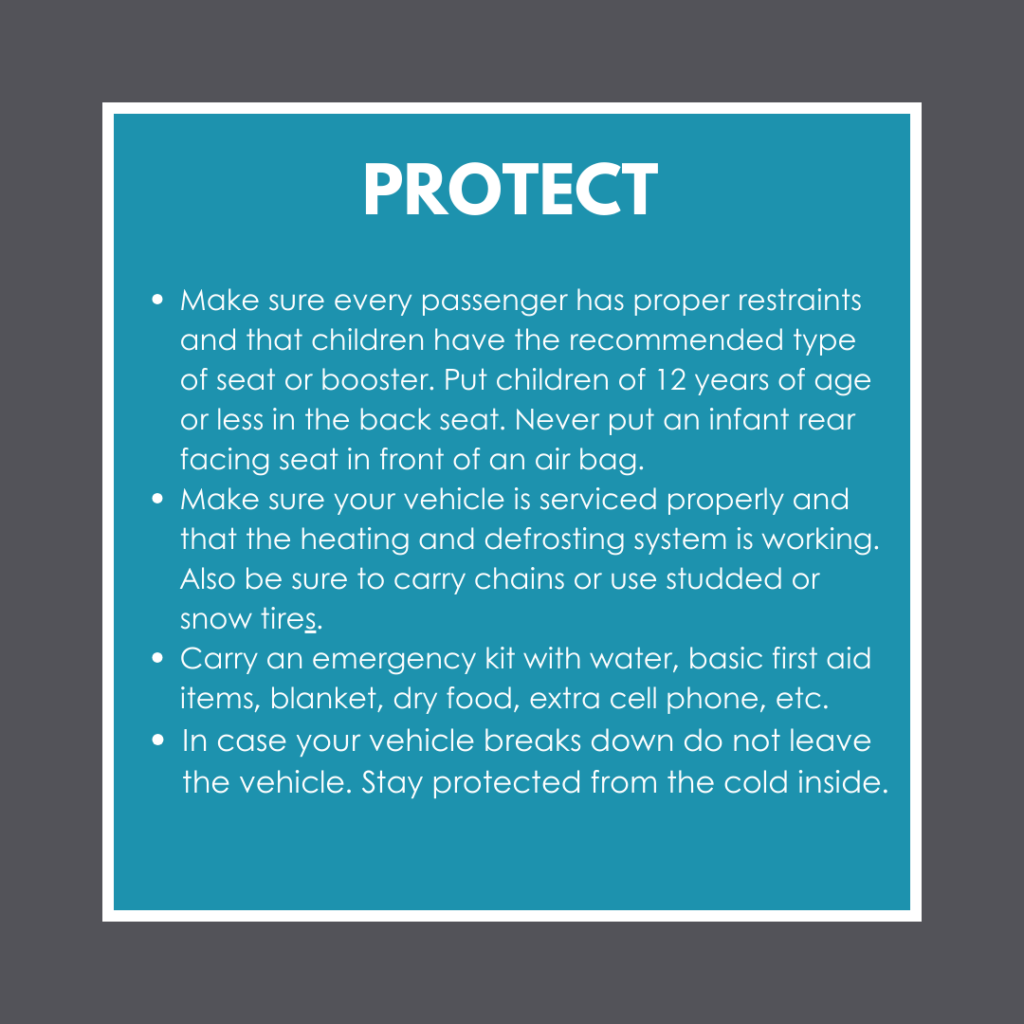
Winter Vehicle Checklist
TIRE DEPTH, WEAR & TREAD
The condition of your tires’ tread directly affects whether your safety in winter conditions. Tires start to lose traction and resistance to hydroplaning with as much as 4/32” tread remaining. Check your tread depth and wear patterns – properly wearing tires maintain a smooth tread across the face with consistent tread depths across the entire width. Uneven wear of the tread can signal alignment or suspension problems – if you find uneven wear have the alignment and suspension checked by a professional. You’ll also need to check your tire pressure (including your spare) and set them to the pressures listed on the decal attached to your driver’s door or door frame. A 10 degree Fahrenheit drop in temperature causes a 1 psi pressure drop and under-inflated tires can cause damage to the sidewalls and increased wear on the tread shoulders. If you drive often in snow consider installing a set of winter traction tire, visit our Winter Tires FAQ.
BATTERY
Vibration and heat are the two biggest factors for battery damage and often you won’t notice the damage until trying to start your vehicle on a cold, winter morning. Schedule one of our professional Battery Service Technicians to come out and check your battery and starting system or get a quote for a new battery and have us install it.
LIGHTER WEIGHT OIL
Oil thickens in colder temperatures, consider having a lighter weight oil installed during the winter, especially if temperatures are below 32 degrees. This will ease some of the burden on your battery to start your car.
COOLANT CHECK
All coolants require a specific dilution rate with water to provide maximum protection from freezing and overheating. Inspect your coolant reserve bottle – is the fluid clear? Is it maintaining level? Cloudy coolant or dropping levels can signal problems with your cooling system. You can have it inspected by a repair professional before the temperature drops and potentially causes major damage to your engine.
LIGHTS AND WIPERS
With longer nights and less visibility, it’s imperative that you make sure your lights and wipers are in working order. Many light bulbs are easily replaced but be sure to consult your owner’s manual or schedule a professional to look. It’s important to also restore clouded headlamp lenses to increase visibility. Finally, keep your wipers clean and use a winterized washer solution to avoid damage from freezing.
CHECK YOUR VEHICLE’S DRIVE SYSTEM
If your vehicle has all wheel drive or part time four wheel drive confirm the drive system is working correctly (do not check this on dry roads as you may damage the drive system). In a safe place (big parking lots work great for this) with slick surfaces accelerate moderately and see if any driven wheels spin or if any wheels that should be driven fail to spin. Make sure you can engage and disengage four wheel drive on part time systems. If you find any problems have your drive system diagnosed by a repair professional before you need to depend on those systems to keep you safe.
KEEP YOUR FUEL TANK FULL
Winter temperature swings can lead to water vapor condensing in your fuel tank. Avoid this damage by keeping your fuel tank above mid-level and filling it before any long trips.
CLEAN YOUR UNDERCARRIAGE
Road salt and de-icing solutions can get trapped under a vehicle’s undercarriage and cause damage. Take your car through a car wash with an undercarriage spray soon after driving on roads with de-icer. A good coat of wax will also help your car resist damage
CHECK DOOR LATCHES & LOCKS
Locks and latch mechanisms (even electric) can freeze in very cold weather. Lubricate door lock cylinders with graphite and door hinges & latches with white lithium grease. Wet a rag with silicone spray and wipe down door, hood, and trunk weather strips. Spraying silicone in door windows also helps avoid the window freezing
KEEP AN EMERGENCY KIT IN YOUR VEHICLE
Last but not least, this should be on every winter vehicle checklist. Being stranded during the summer is no fun but being stuck in the winter can be life threatening. Whether you’re waiting for us or just waiting it out, you should have a fully stocked winter emergency kit on hand. Here are our winter emergency kit recommendations:
- Mobile phone with important phone numbers, including personal emergency contacts, family members and emergency services; be sure to include an extra charger or power storage device.
- Drinking water or electrolyte-replenishing sports drinks (they have a slightly lower freezing temperature)
- First aid kit, including extra doses of whatever medications are needed by you and your family members in addition to any traveling pets.
- Non-perishable snacks for both human and pet passengers
- Bag of abrasive material (sand, salt, cat litter) or traction mats
- Snow shovel
- Blankets or sleeping bag
- Additional pieces of warm clothing (gloves, hats, scarves)
- Flashlight in addition to extra batteries
- Extra window washer fluid
- Ice scraper with brush
- Rags or roll of paper towels
- Jumper cables, cleaned and recently checked
- Warning devices (flares or reflective hazard signs)
- Basic household tool kit (for instance, screwdrivers, pliers, adjustable wrench, small hammer, electrical or duct tape)
Fill Your Emergency Kit At The AAA Travel Store
AAA Approved Auto Repair
Don’t feel stressed about getting your vehicle winter ready on your own. AAA Approved Auto Repair shops offer a one-of-a-kind, unrivaled experience provided by our friendly, approachable and highly-trained service staff. All of our technicians are ASE (Automotive Service Excellence) certified, or factory trained, which means they have met the industry standard for excellence in automotive repair. Our facilities also undergo rigorous inspections by AAA and with over 7,000 shops in North America, it is easy to find one near you using our shop locator.
